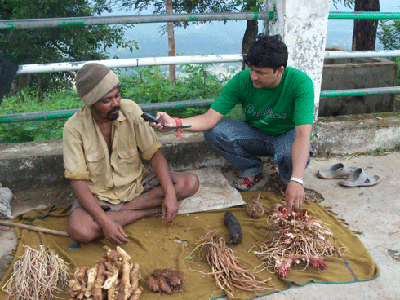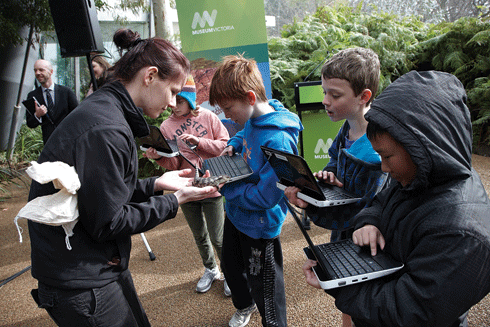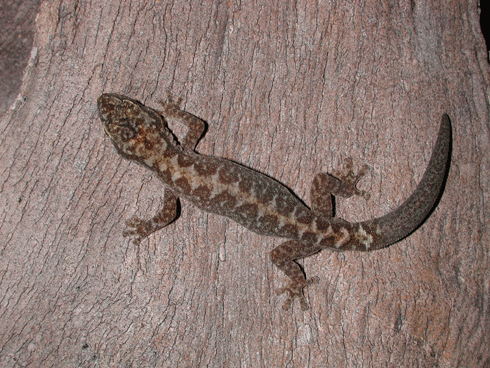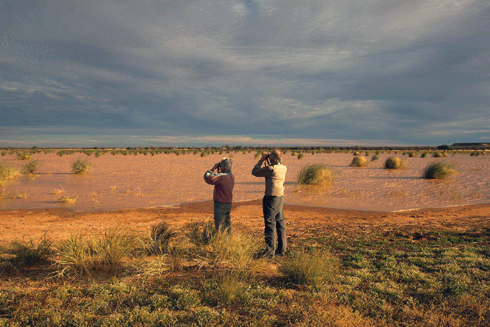
|
Published: 25 October 2010
Plant biodiversity, ethnobotany and indigenous rights
For the indigenous people of Patalkot, India, nature provides inexpensive medicines, nutritious food and building materials that enable them to live well on a low income. Indian ethnobotanists have been working to document Patalkot’s traditional culture and knowledge, to ensure that it is not lost with the current generation of elders, or appropriated via commercial patents.
At a high level meeting held in Nagoya, Japan, this month, the UN asked 193 countries to endorse a ten-year strategy aimed at strengthening the international Convention on Biological Diversity (CBD).1
The strategy includes a new set of international rules to ‘provide transparent access to the biological resources of the world while ensuring that countries and communities get a fair share of any benefits that arise from their use – such as when companies develop commercial medicines from plants or other life-forms’, according to a recent UN media release.
India, in particular, has had to rapidly come to terms with the need to protect traditional knowledge and genetic resources from companies seeking to patent ‘phytopharmaceuticals’. The wake up call came in the mid-1990s when the US Patent and Trademarks Office granted a patent on the wound healing properties of turmeric, extracted from the plant Curcuma longa.
For people living traditional lifestyles in places such as the forested Patalkot Valley in central India, local plants and plant derivatives not only provide cheap medicines, they also provide fruit and vegetables, essential vitamins, probiotics and other nutrients essential to a healthy life.
The local people, the Bharias and Gonds, still adhere closely to their ancestral traditions.2 In their traditional diet, the average intake of green leafy vegetables and fruits was relatively high. However, within the lifespan of the present generation, many traditional plant cultivars have disappeared. The diet is now based around a few plant species, particularly maize. This, along with low incomes and a misguided preference for expensive exotic foods, has contributed significantly to health problems.
Many traditional plant foods have caloric value and provide a source of nutrition when food supplies fluctuate. One example is kurroa, a perennial leafy green that is available at the beginning of the rainy season, before other food species can be harvested.
Deficiencies of micronutrients such as vitamins are a significant health problem in poor countries, particularly for maternal, infant and child health. One Patalkot specialty is a chutney made from munga leaves (Moringa oleifera). The bioavailability of carotene from fresh and dehydrated munga leaves compares favorably with the bioavailability of synthetic vitamin A. The munga leaves also reportedly combat intestinal worms.
Probiotics are ingested in the form of peja, a mixture of fermented rice water (starch), buttermilk, barley water, lemon, and kutki (local millet). According to microbiologist Paridhi Nama Bhattacharjee from Vikram University, peja can be used as a ‘probiotic supplement to combat the adverse effects on the good bacteria in the intestinal tract caused by antibiotic treatments’.
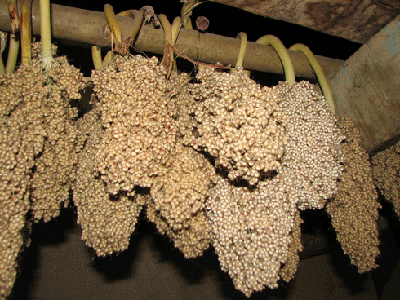
|
|
Traditional grains being dried in a Patalkot village – apart from providing calories, such foods act as vitamin, mineral and probiotic supplements. Credit: Deepak Acharya
|
Documenting and characterising such traditional foods and their nutritional profile is an urgent task, not only for Patalkot, but for the entire developing world.
‘Many local health traditions involving medicinal plants – most of which are handed down verbally and hardly documented in written form – are getting lost,’ says Indian botanist, Dr Sanjay Pawar.
‘Documenting endangered medicinal plant knowledge and establishing cultivation programs in collaboration with farmers and agricultural researchers would be a first step towards developing a successful strategy for conservation and sustainable use of medicinal plant resources.
‘This would require a collective effort between botanists, biologists, agronomists, food technologists, nutritionists, pharmacologists, physicians, economists, policy-makers and anthropologists.’
Microbiologist and botanist Dr Deepak Acharya is the Director, Abhumka Herbal (www.abhumka.com), Ahmedabad, India. He is currently validating and creating a digital library of herbal knowledge from indigenous groups in India. He can be contacted at deepak@abhumka.com or deep_acharya@rediffmail.com.
1 www.cbd.int/
2 See ‘Wisdom from the heart of India’, ECOS 134, 18–21, www.ecosmagazine.com/?act=view_file&file_id=EC134p18.pdf


